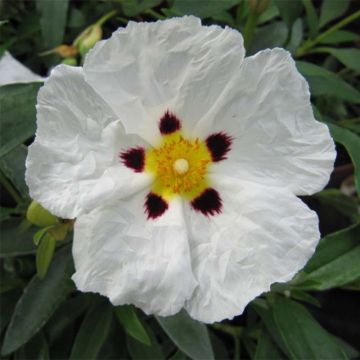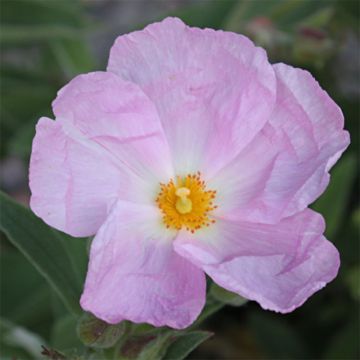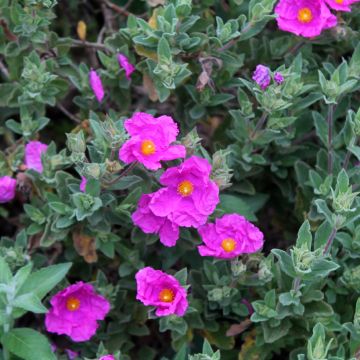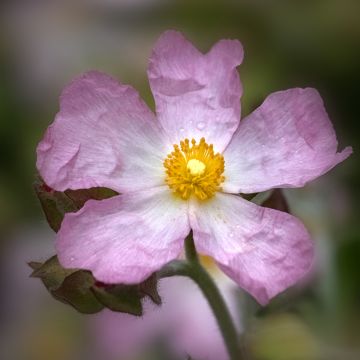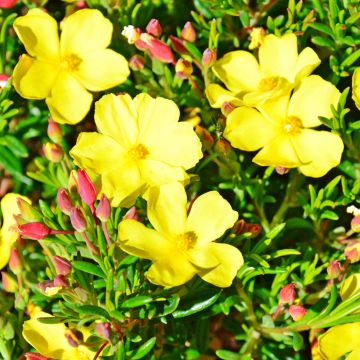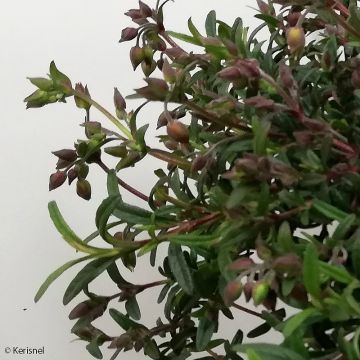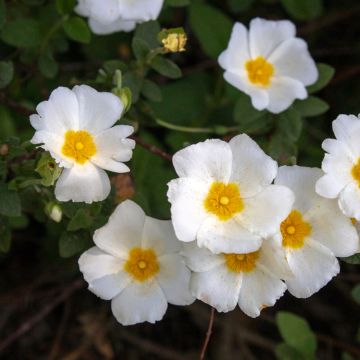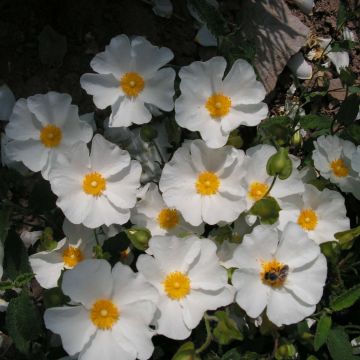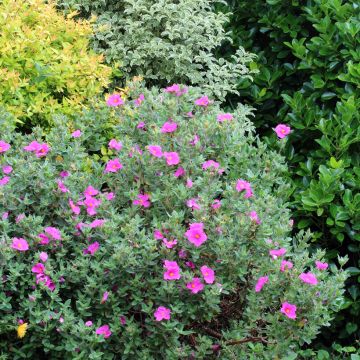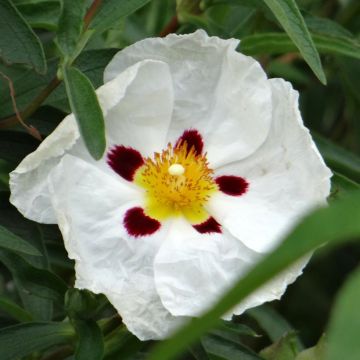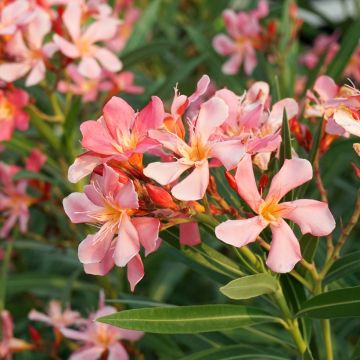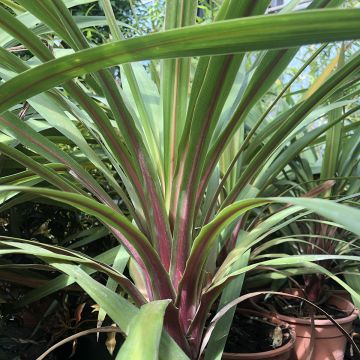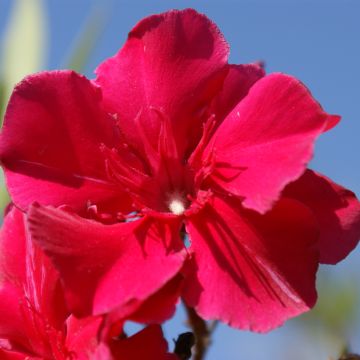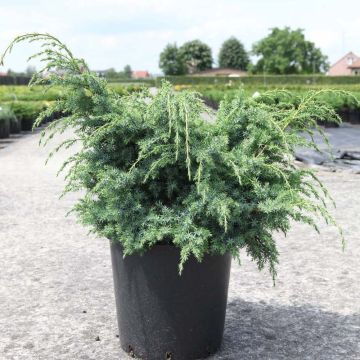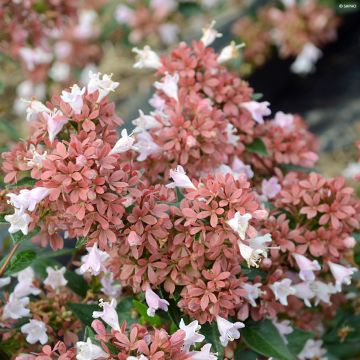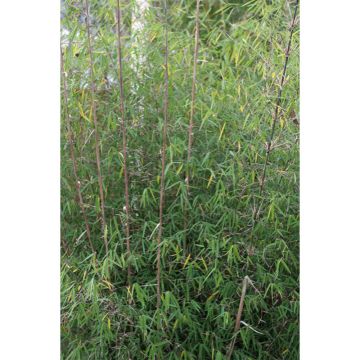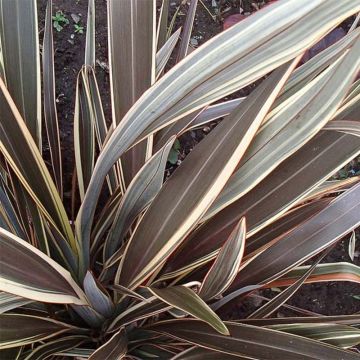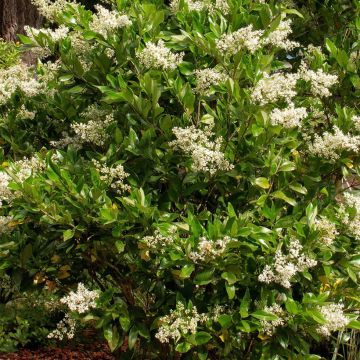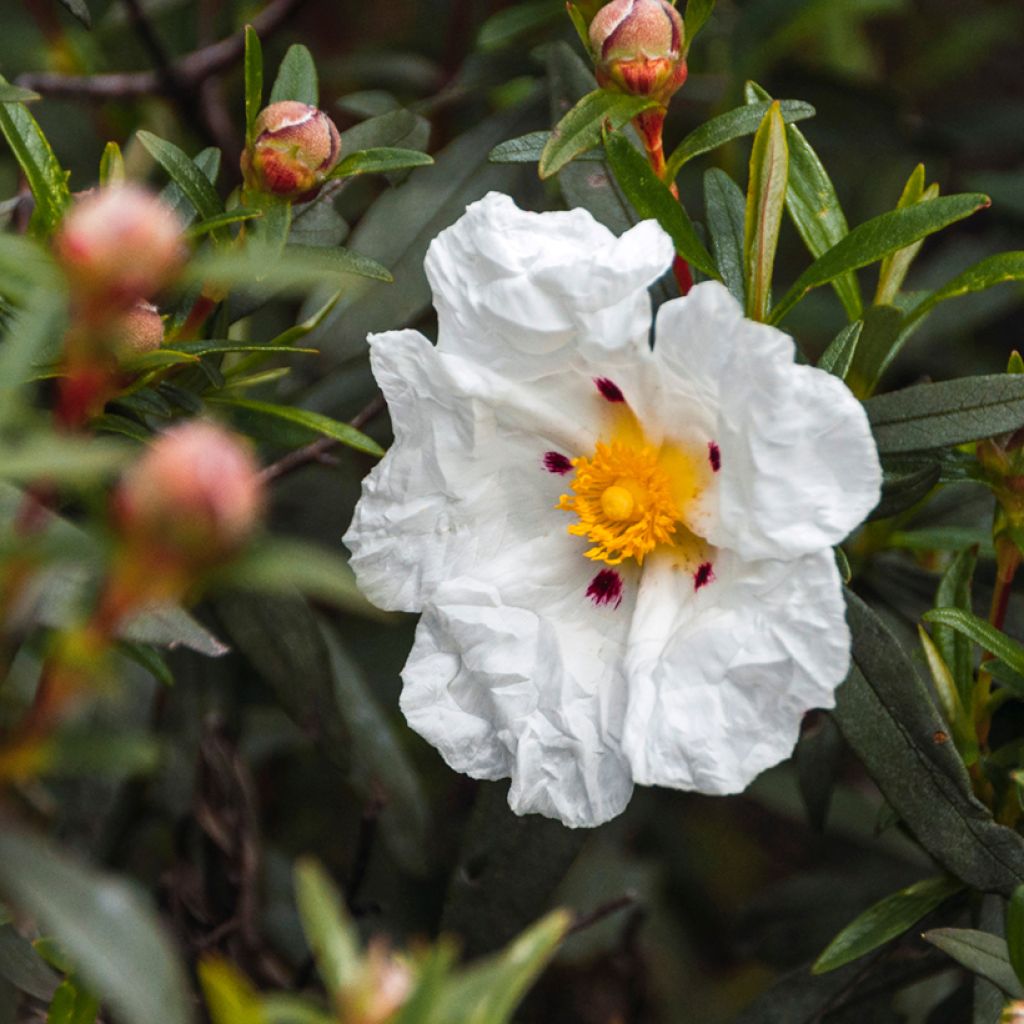

Cistus x loretii - Rockrose
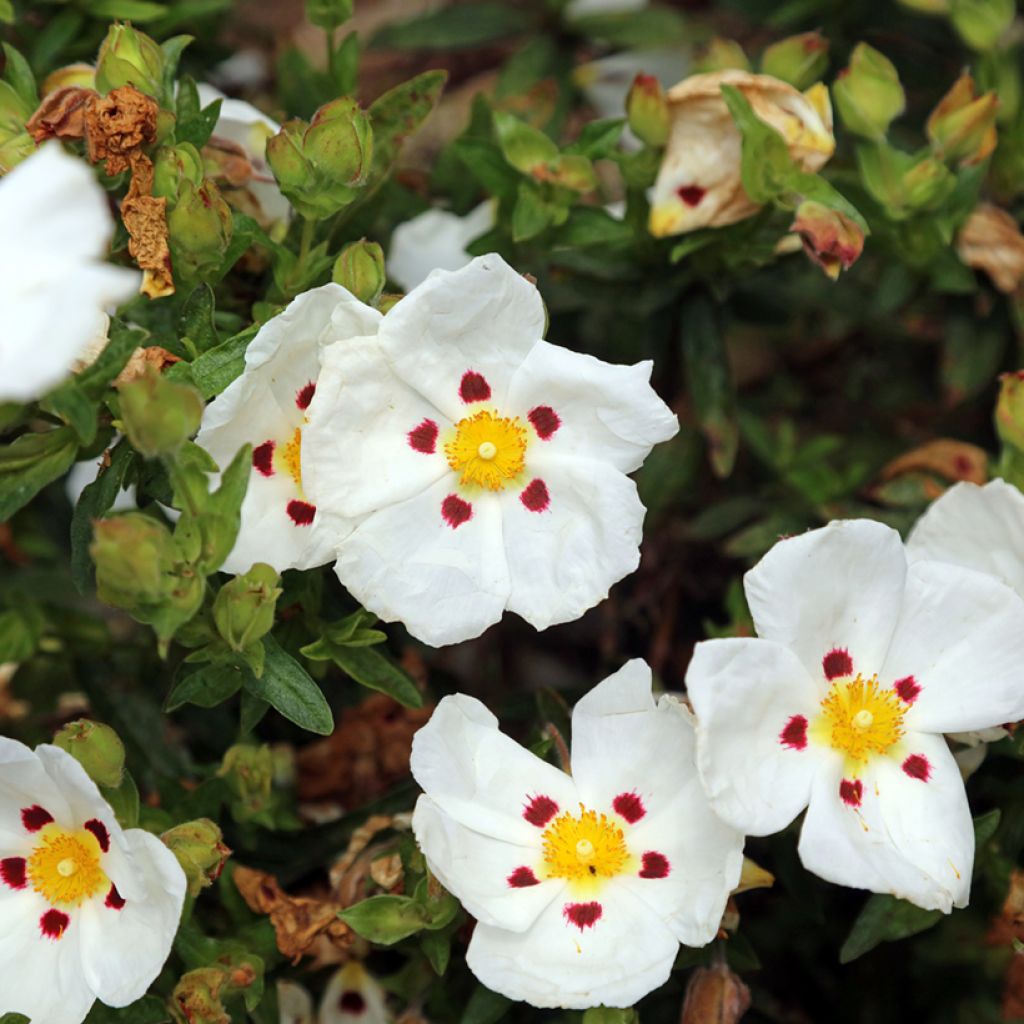

Cistus x loretii - Rockrose
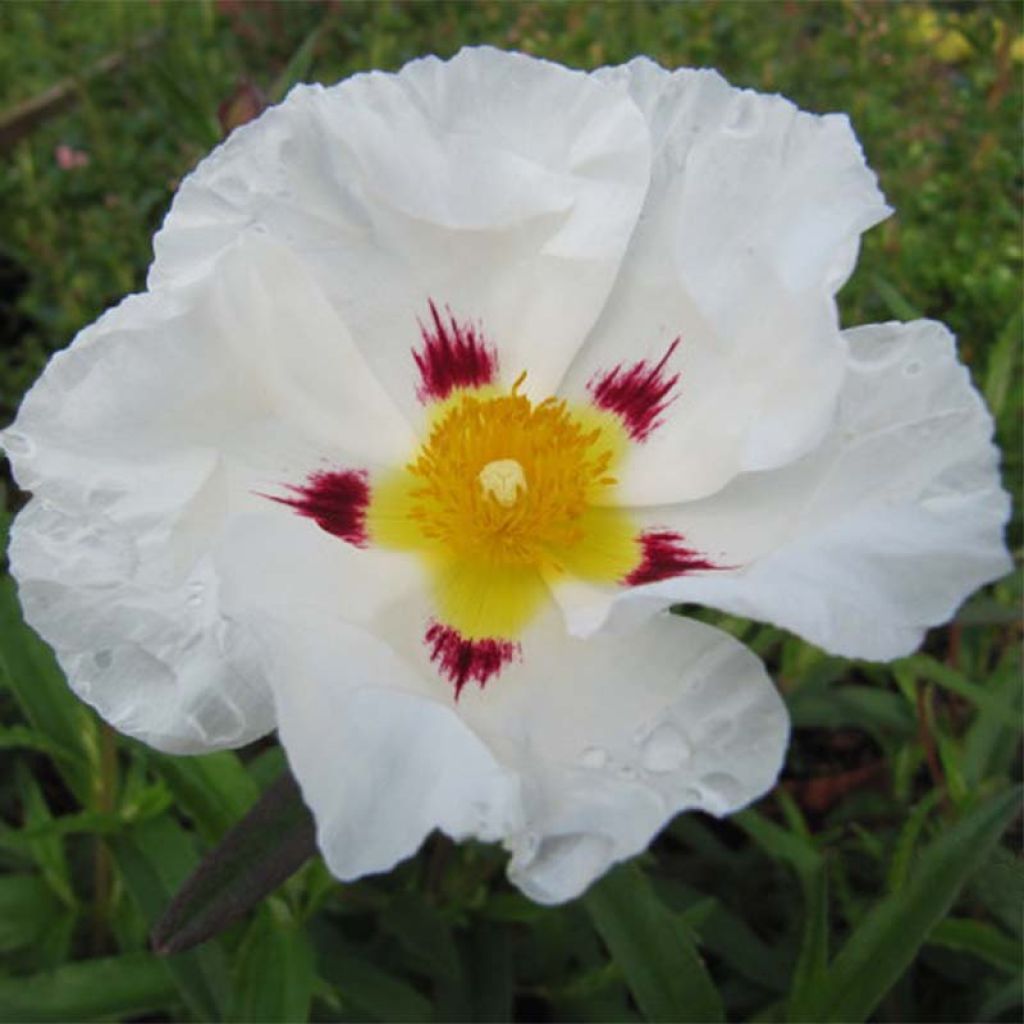

Cistus x loretii - Rockrose
Cistus x loretii - Rockrose
Cistus ladanifer x loretii
Rockrose
This item cannot be shipped to the selected country
Delivery charge from €5.90
Delivery to Corse prohibited
More information
Schedule delivery date,
and select date in basket
This plant carries a 24 months recovery warranty
More information
We guarantee the quality of our plants for a full growing cycle, and will replace at our expense any plant that fails to recover under normal climatic and planting conditions.
From €5.90 for pickup delivery and €6.90 for home delivery
Express home delivery from €8.90.
Delivery to Corse prohibited: UE law prohibits the import of this plant from mainland France to Corse as part of the fight against Xylella fastidiosa. Please accept our sincere apologies.
More information

Does this plant fit my garden?
Set up your Plantfit profile →
Description
Cistus x loretii, also known as Narrow-leaved Cistus, is a relatively hardy Mediterranean shrub with a dense and spreading habit and narrow evergreen leaves that are pleasantly fragrant in hot weather. It is covered in spring with ephemeral flowers resembling white wild roses, whose crumpled petals are adorned with beautiful brown-purple spots. This ground-covering shrub is perfectly adapted to drought. Give it a rocky soil and a scorching exposure, so that it fills the space with its intense scent of amber and balsamic, with spicy and woody notes.
Cistus x loretii, also known as Cistus x monspeliensioides according to some nomenclatures, is a plant of the cistaceae family, which is found in the wild in the rocky scrublands of the Mediterranean region. It is a natural hybrid between Cistus mospeliensis and Cistus ladanifer, from which a highly used aromatic substance called ladanum is derived and used in perfumery and aromatherapy. This highly branched shrub forms a flattened and dense ball about 1 meter (3 feet 4 inches) in all directions, sometimes wider than it is tall. Flowering takes place before summer drought and heat, from May to June-July, depending on the climate. It bears ephemeral flowers measuring 7 to 8 cm (2.8 to 3.1 in) in diameter, with slightly crumpled white petals. The base of each petal is marked with a brown-purple spot, while the centre of the flower is occupied by a bouquet of golden stamens. Each flower disappears in the late afternoon, leaving a shower of petals on the ground. But the buds are countless, ensuring a flowering that lasts 3 weeks. The flowering gives way to fruits that open towards the sky, like small baskets filled with seeds. Its leaves are evergreen, narrow and elongated, dark green. They are sticky and fragrant in hot weather. The root system of this cistus is both deep and branching, it is so powerful that it manages to infiltrate between fractured rocks to draw the slightest trace of moisture from the depth. It is hardy down to -12/-15°C (10.4/5 °F) in perfectly drained soil.
The narrow-leaved cistus is a plant for rocky and poor soils, without excess limestone, perfectly adapted to drought. Its delicate flowers hide a solid temperament and resilience. Create a dry bed by mixing the foliage and fragrances of lavender (blue, white, pink), rosemary, thymes (T.vulgaris, T. polytrichus), salvias (Salvia x jamensis or officinalis) and oregano. Plant it with teucriums, nepetas, and dry soil euphorbias (E.characias, E. cyparissias) that have the same requirements. Growing it in large pots is possible if you ensure good drainage and provide abundant but spaced-out watering in the summer, allowing the substrate to dry out between waterings.
Report an error about the product description
Cistus x loretii - Rockrose in pictures
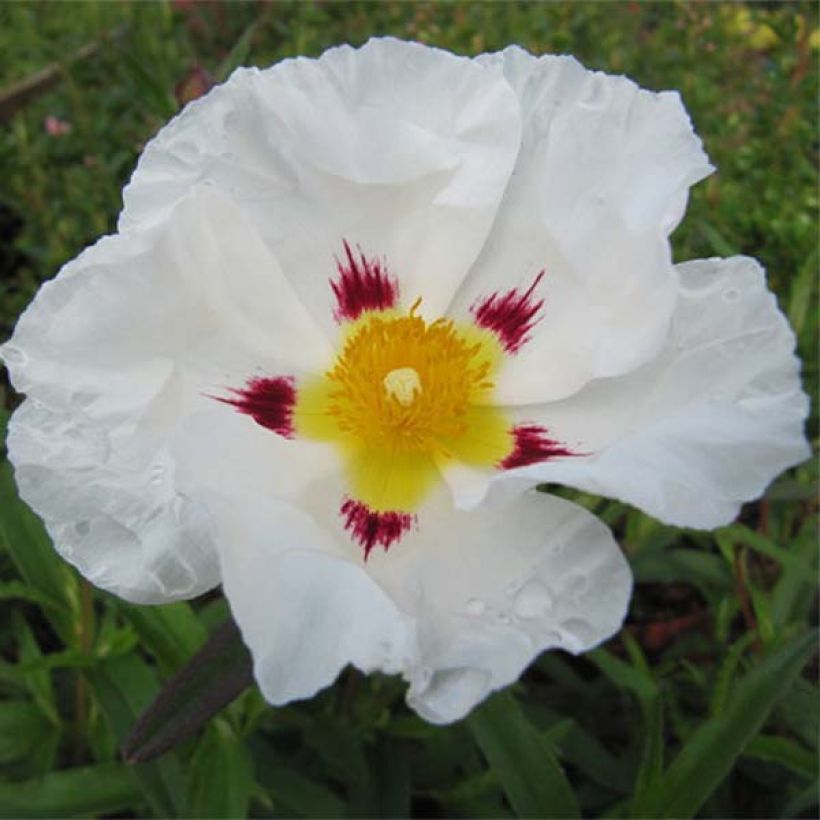

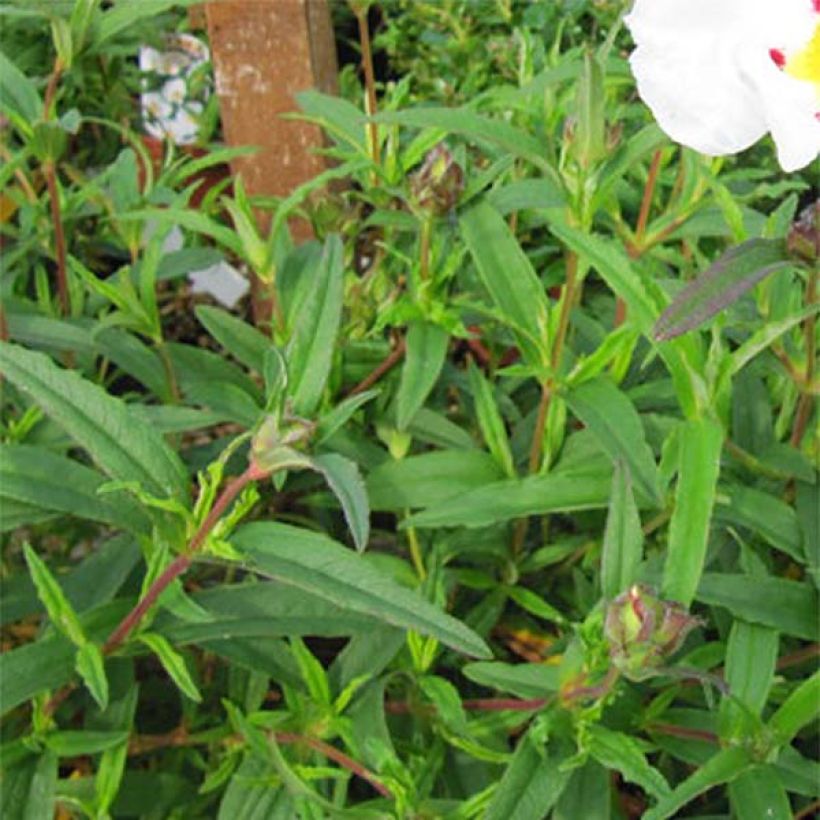

Plant habit
Flowering
Foliage
Botanical data
Cistus
ladanifer x loretii
Cistaceae
Rockrose
Mediterranean
Other Cistus - Rockrose
Planting and care
Cistus loretii requires perfectly drained, stony or sandy, poor, acidic, neutral, or even slightly chalky soil. Plant it after the last frost in the north, and in September-October in a hot and dry climate. It cannot thrive without sunlight and likes to have warm roots. Under these conditions, it is hardy down to -12 or -15°C (10.4 or 5 °F) and will live longer. Mulch it in winter in the coldest regions and protect it from the cold as much as possible. Plant it in the warmest corner of the garden, in full sun against a south-facing wall, in a stony or sandy slope or any substrate that does not retain moisture which would be fatal to it in winter or summer, which is its period of vegetative rest. The combination of heat and humidity leads to the development of a fungus that attacks the plant's collar and will be fatal to it as much as a Siberian cold. You can cut back the stems after flowering to encourage the plant to branch out towards the ground. However, avoid severe pruning.
Planting period
Intended location
Care
-
, onOrder confirmed
Reply from on Promesse de fleurs
Evergreen shrubs
Haven't found what you were looking for?
Hardiness is the lowest winter temperature a plant can endure without suffering serious damage or even dying. However, hardiness is affected by location (a sheltered area, such as a patio), protection (winter cover) and soil type (hardiness is improved by well-drained soil).

Photo Sharing Terms & Conditions
In order to encourage gardeners to interact and share their experiences, Promesse de fleurs offers various media enabling content to be uploaded onto its Site - in particular via the ‘Photo sharing’ module.
The User agrees to refrain from:
- Posting any content that is illegal, prejudicial, insulting, racist, inciteful to hatred, revisionist, contrary to public decency, that infringes on privacy or on the privacy rights of third parties, in particular the publicity rights of persons and goods, intellectual property rights, or the right to privacy.
- Submitting content on behalf of a third party;
- Impersonate the identity of a third party and/or publish any personal information about a third party;
In general, the User undertakes to refrain from any unethical behaviour.
All Content (in particular text, comments, files, images, photos, videos, creative works, etc.), which may be subject to property or intellectual property rights, image or other private rights, shall remain the property of the User, subject to the limited rights granted by the terms of the licence granted by Promesse de fleurs as stated below. Users are at liberty to publish or not to publish such Content on the Site, notably via the ‘Photo Sharing’ facility, and accept that this Content shall be made public and freely accessible, notably on the Internet.
Users further acknowledge, undertake to have ,and guarantee that they hold all necessary rights and permissions to publish such material on the Site, in particular with regard to the legislation in force pertaining to any privacy, property, intellectual property, image, or contractual rights, or rights of any other nature. By publishing such Content on the Site, Users acknowledge accepting full liability as publishers of the Content within the meaning of the law, and grant Promesse de fleurs, free of charge, an inclusive, worldwide licence for the said Content for the entire duration of its publication, including all reproduction, representation, up/downloading, displaying, performing, transmission, and storage rights.
Users also grant permission for their name to be linked to the Content and accept that this link may not always be made available.
By engaging in posting material, Users consent to their Content becoming automatically accessible on the Internet, in particular on other sites and/or blogs and/or web pages of the Promesse de fleurs site, including in particular social pages and the Promesse de fleurs catalogue.
Users may secure the removal of entrusted content free of charge by issuing a simple request via our contact form.
The flowering period indicated on our website applies to countries and regions located in USDA zone 8 (France, the United Kingdom, Ireland, the Netherlands, etc.)
It will vary according to where you live:
- In zones 9 to 10 (Italy, Spain, Greece, etc.), flowering will occur about 2 to 4 weeks earlier.
- In zones 6 to 7 (Germany, Poland, Slovenia, and lower mountainous regions), flowering will be delayed by 2 to 3 weeks.
- In zone 5 (Central Europe, Scandinavia), blooming will be delayed by 3 to 5 weeks.
In temperate climates, pruning of spring-flowering shrubs (forsythia, spireas, etc.) should be done just after flowering.
Pruning of summer-flowering shrubs (Indian Lilac, Perovskia, etc.) can be done in winter or spring.
In cold regions as well as with frost-sensitive plants, avoid pruning too early when severe frosts may still occur.
The planting period indicated on our website applies to countries and regions located in USDA zone 8 (France, United Kingdom, Ireland, Netherlands).
It will vary according to where you live:
- In Mediterranean zones (Marseille, Madrid, Milan, etc.), autumn and winter are the best planting periods.
- In continental zones (Strasbourg, Munich, Vienna, etc.), delay planting by 2 to 3 weeks in spring and bring it forward by 2 to 4 weeks in autumn.
- In mountainous regions (the Alps, Pyrenees, Carpathians, etc.), it is best to plant in late spring (May-June) or late summer (August-September).
The harvesting period indicated on our website applies to countries and regions in USDA zone 8 (France, England, Ireland, the Netherlands).
In colder areas (Scandinavia, Poland, Austria...) fruit and vegetable harvests are likely to be delayed by 3-4 weeks.
In warmer areas (Italy, Spain, Greece, etc.), harvesting will probably take place earlier, depending on weather conditions.
The sowing periods indicated on our website apply to countries and regions within USDA Zone 8 (France, UK, Ireland, Netherlands).
In colder areas (Scandinavia, Poland, Austria...), delay any outdoor sowing by 3-4 weeks, or sow under glass.
In warmer climes (Italy, Spain, Greece, etc.), bring outdoor sowing forward by a few weeks.

































